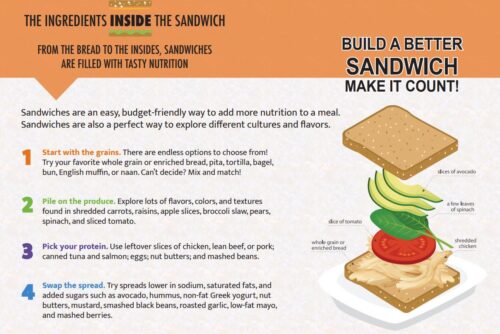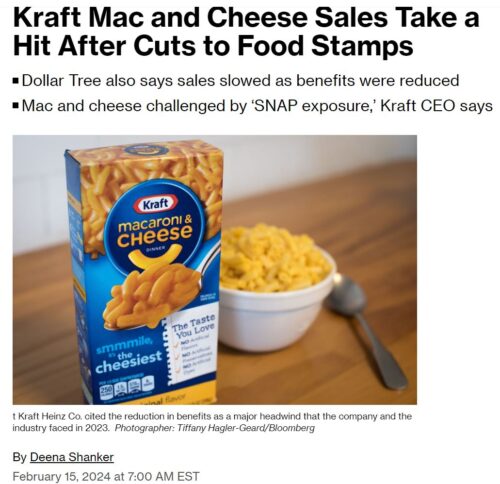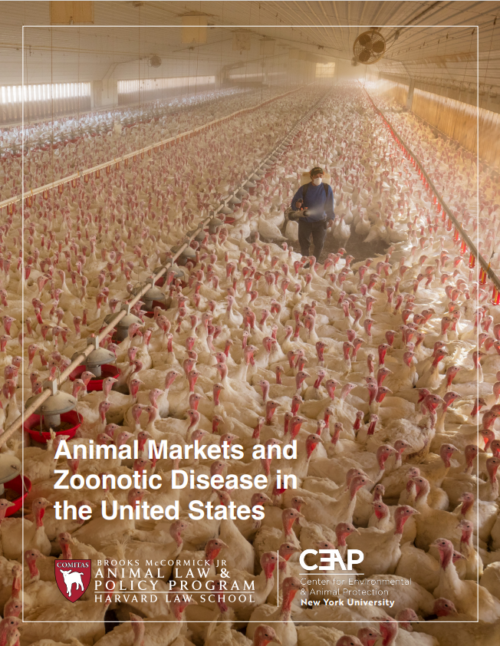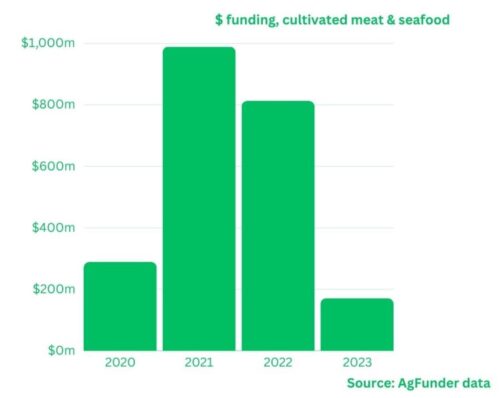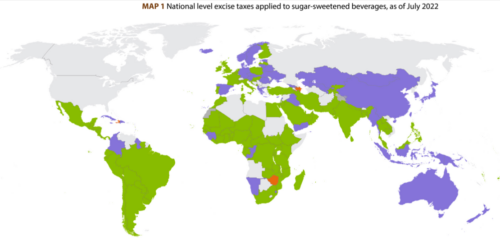Weekend reading: FAO calls for food systems-based dietary guidelines
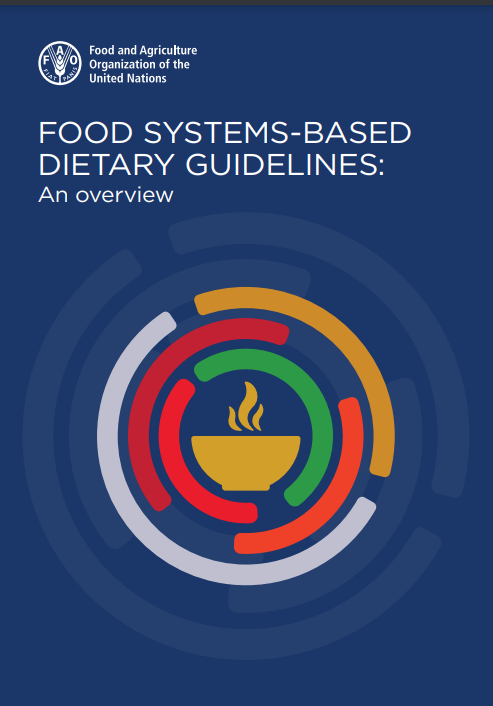
The U.N.’s Food and Agriculture Organization (FAO) is taking the lead on bringing dietary guidelines into the 21st Century.
It is calling for national dietary guidelines not only to be nutrient-based and food-based, but food systems-based.
Food systems-based guidelines extend beyond food-based guidelines that “provide advice on foods, food groups and dietary patterns to provide the required nutrients to the general public to promote overall health and prevent chronic diseases.”
Food system-based guidelines not only address health and nutritional priorities but also consider sociocultural, economic, and environmental sustainability factors. This means
context-specific multilevel recommendations that enable governments to outline what constitutes a healthy diet from sustainable food systems, align food-related policies and programmes and support the population to adopt healthier and more sustainable dietary patterns and practices that favour, among other outcomes, environmental sustainability and socio-economic equity.
This is a huge advance. It means that sustainability issues are essential components of dietary advice.
From now on, dietary guidelines that do not consider sustainability are out of date.
Note: By order of Congress, the 2015-2020 Dietary Guidelines did not consider sustainability in its meat recommendations and sustainability was off the table for the 2020-2025 Dietary Guidelines and also for the 2025-2030 version now underway. This means the new guidelines issues in 2025 will be dated and largely irrelevant to the modern era.
Unless the Advisory Committee gets to work. I hope it does.

